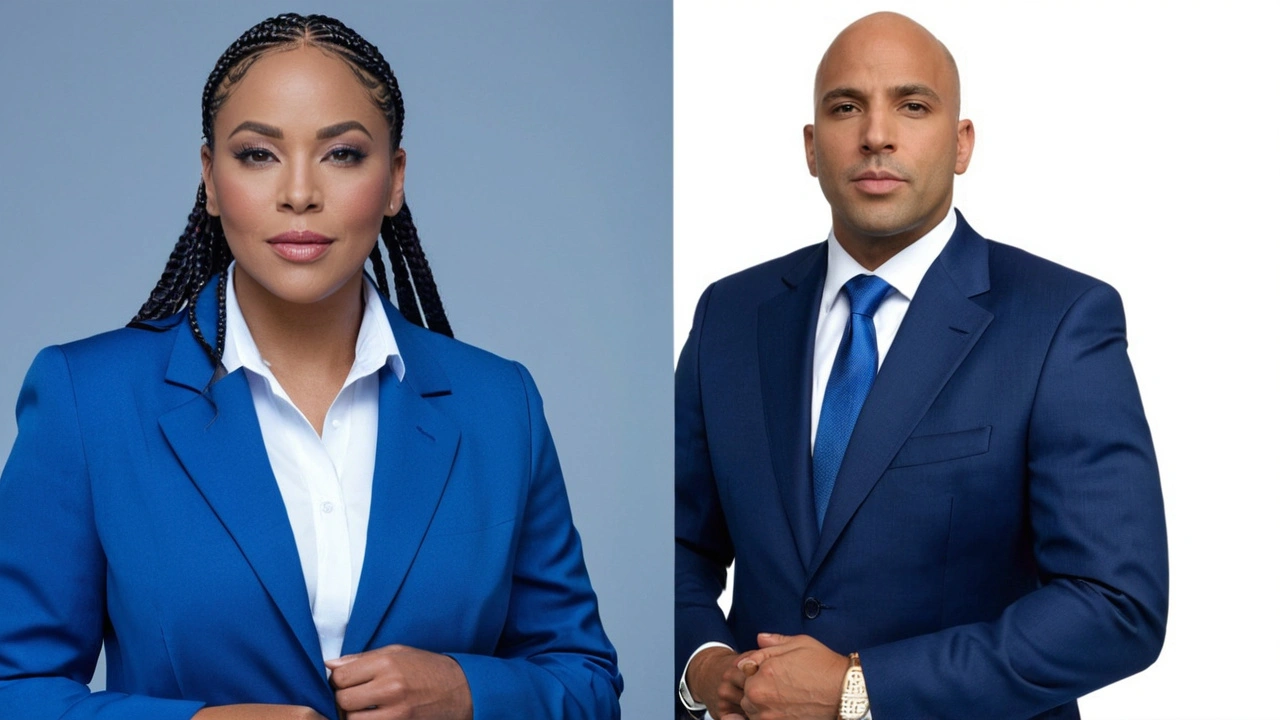Cabinet Reshuffle: What It Means and Why It Matters
Cabinet reshuffles are a big deal in any government. They signal changes in leadership and often hint at new directions in policy and priorities. When a reshuffle happens, some ministers might switch roles, new faces could appear in government, and others might be asked to step down. This shake-up can affect everything from economic plans to international relations.
Why should you care? Because cabinet members run key departments like finance, health, and defense. A new minister might bring fresh ideas or change how things get done. Sometimes, reshuffles happen to boost the government's image or respond to political pressures.
Tracking Recent Cabinet Moves and Their Impact
Keep an eye on who is getting appointed or removed. For example, when a government taps an experienced leader for a major role, like appointing a new CEO in an important state-run refinery, it’s about setting a new course for growth. These decisions can mean better services or improved national projects.
On the flip side, reshuffles can also reveal internal struggles within the ruling party or government. Changes in top positions might follow scandals, public dissatisfaction, or a need to tighten control before elections. Watching the reshuffle can give you a clue about what's going on behind the scenes.
How Cabinet Reshuffles Shape Policy and Daily Life
When a reshuffle leads to fresh leadership in ministries like transport or energy, it can impact fuel prices, infrastructure projects, and job creation rates. These changes trickle down to affect your commute, bills, and local economy. So, understanding who's in charge is more than just politics — it's about the direction your country is headed.
Interested in keeping up with every cabinet change and what it means? Beyond the Cube Daily News brings you timely updates and deep dives into political shifts. Stay informed, because who’s in the cabinet can shape your country’s future.

